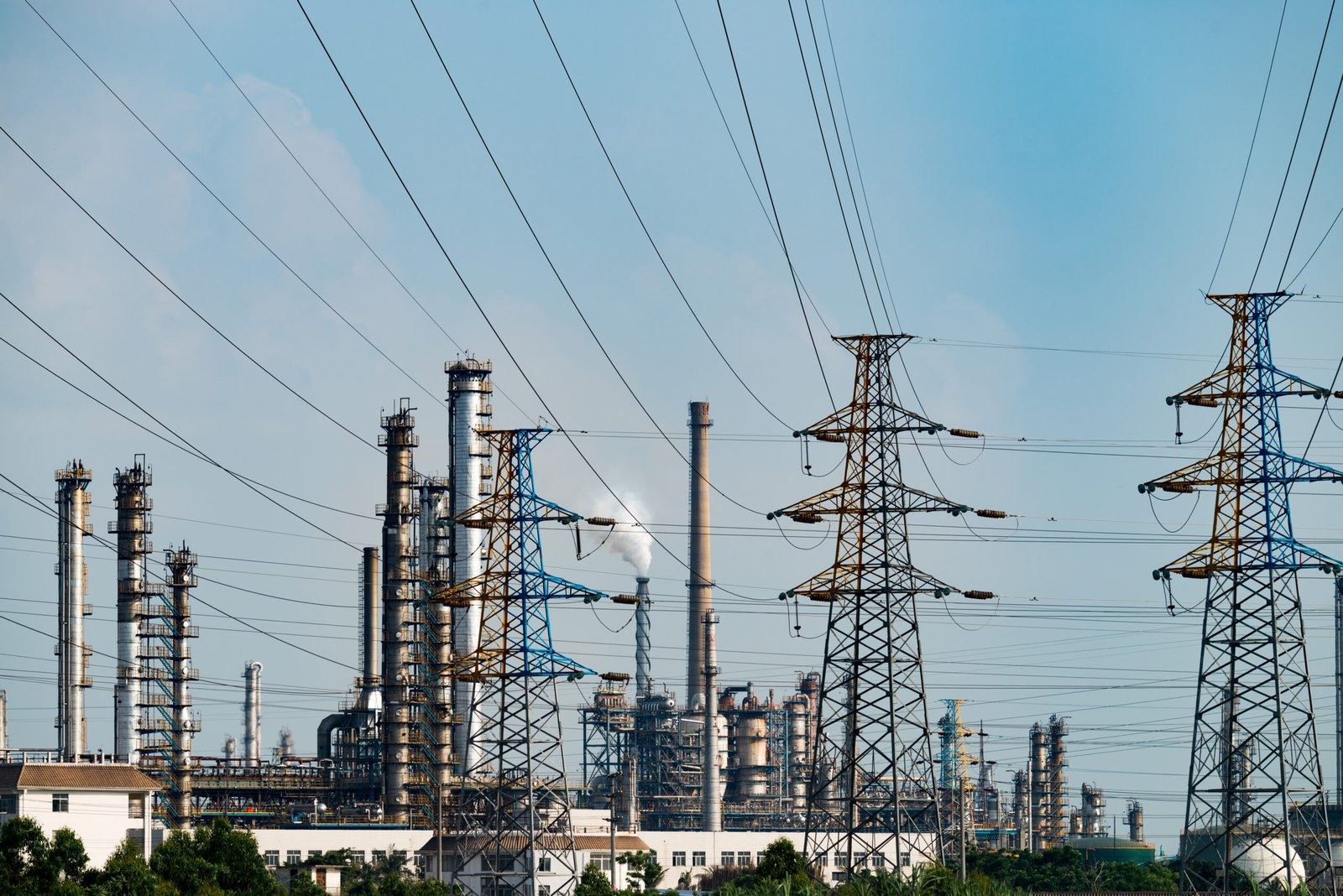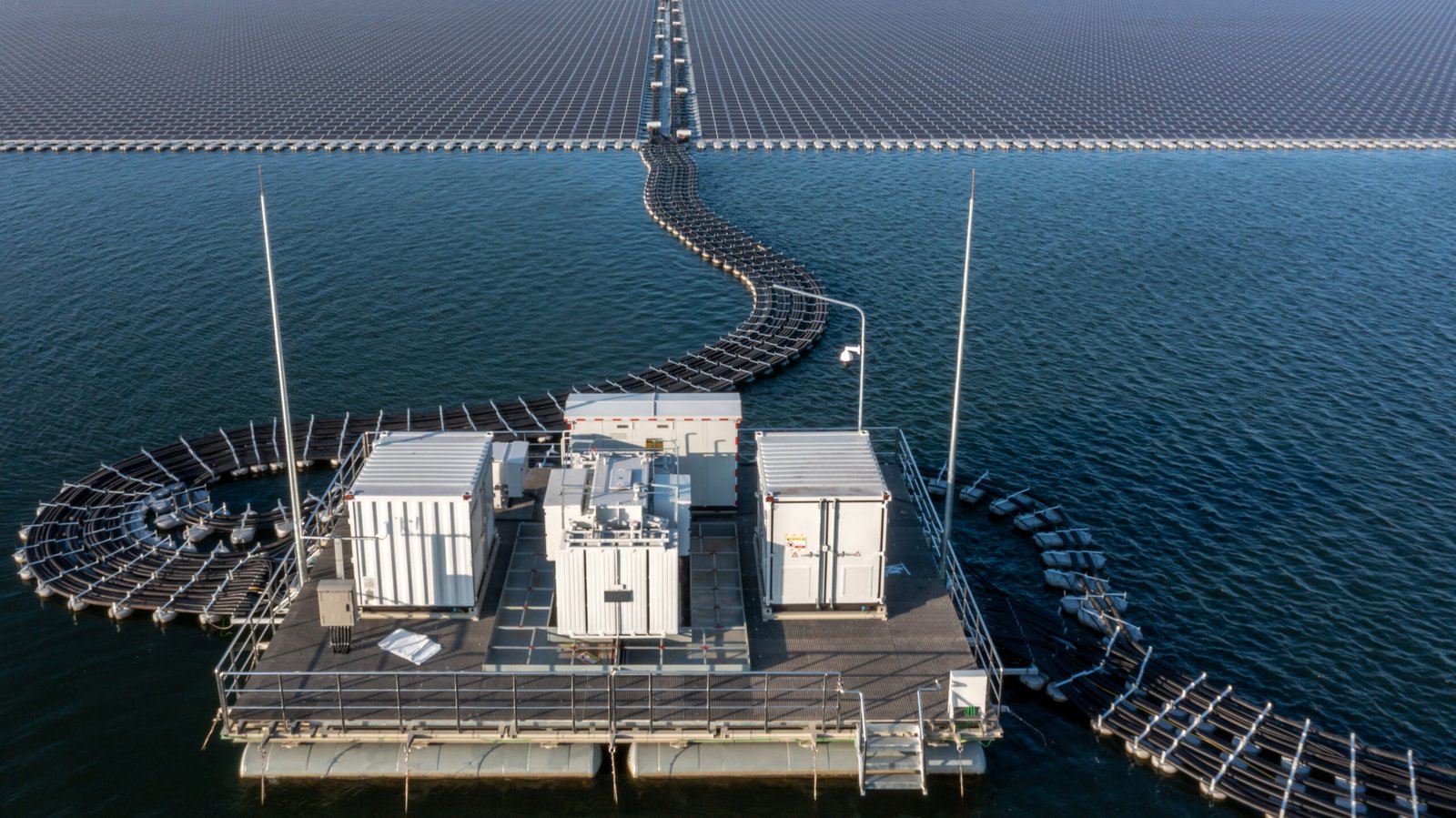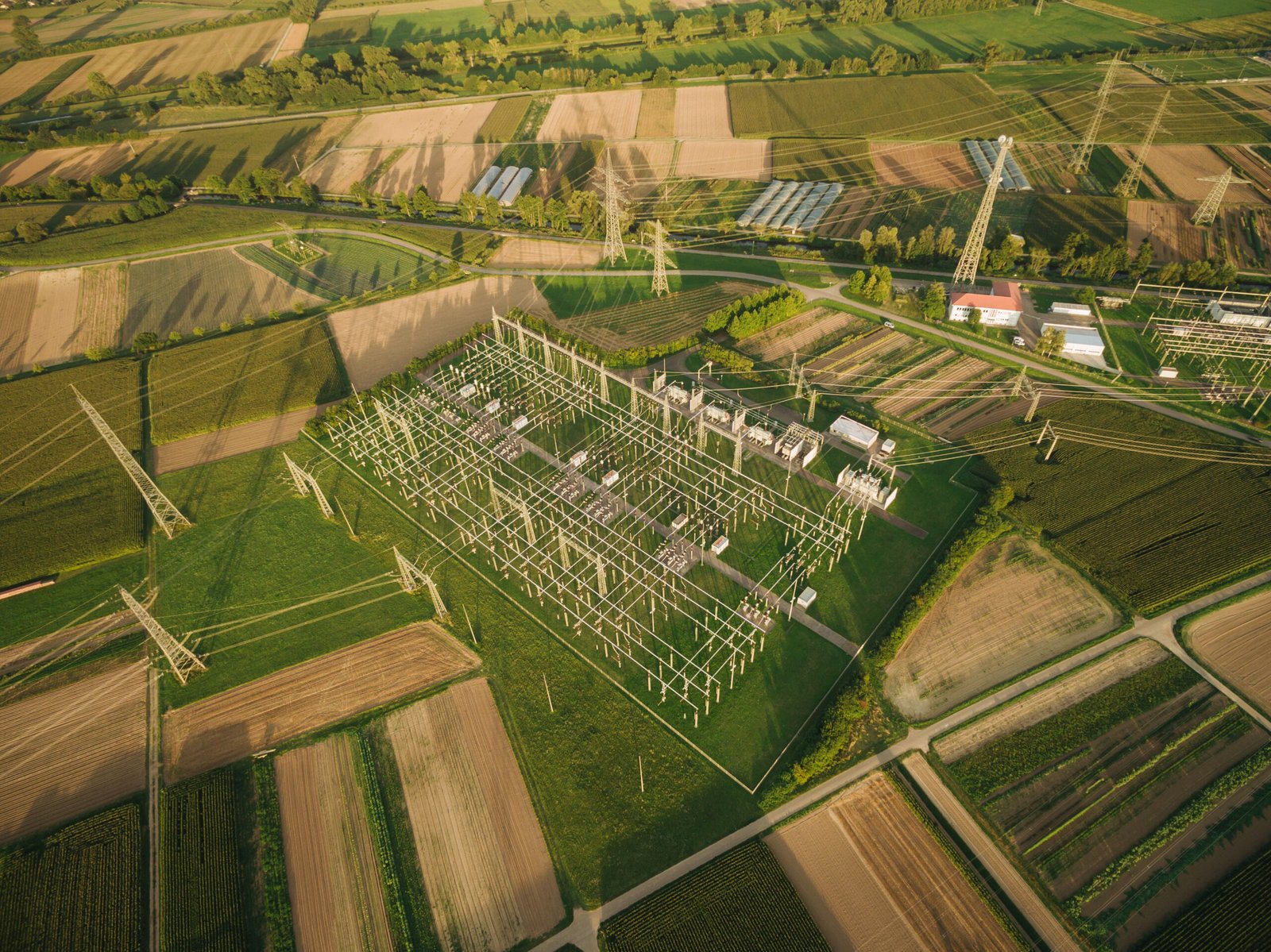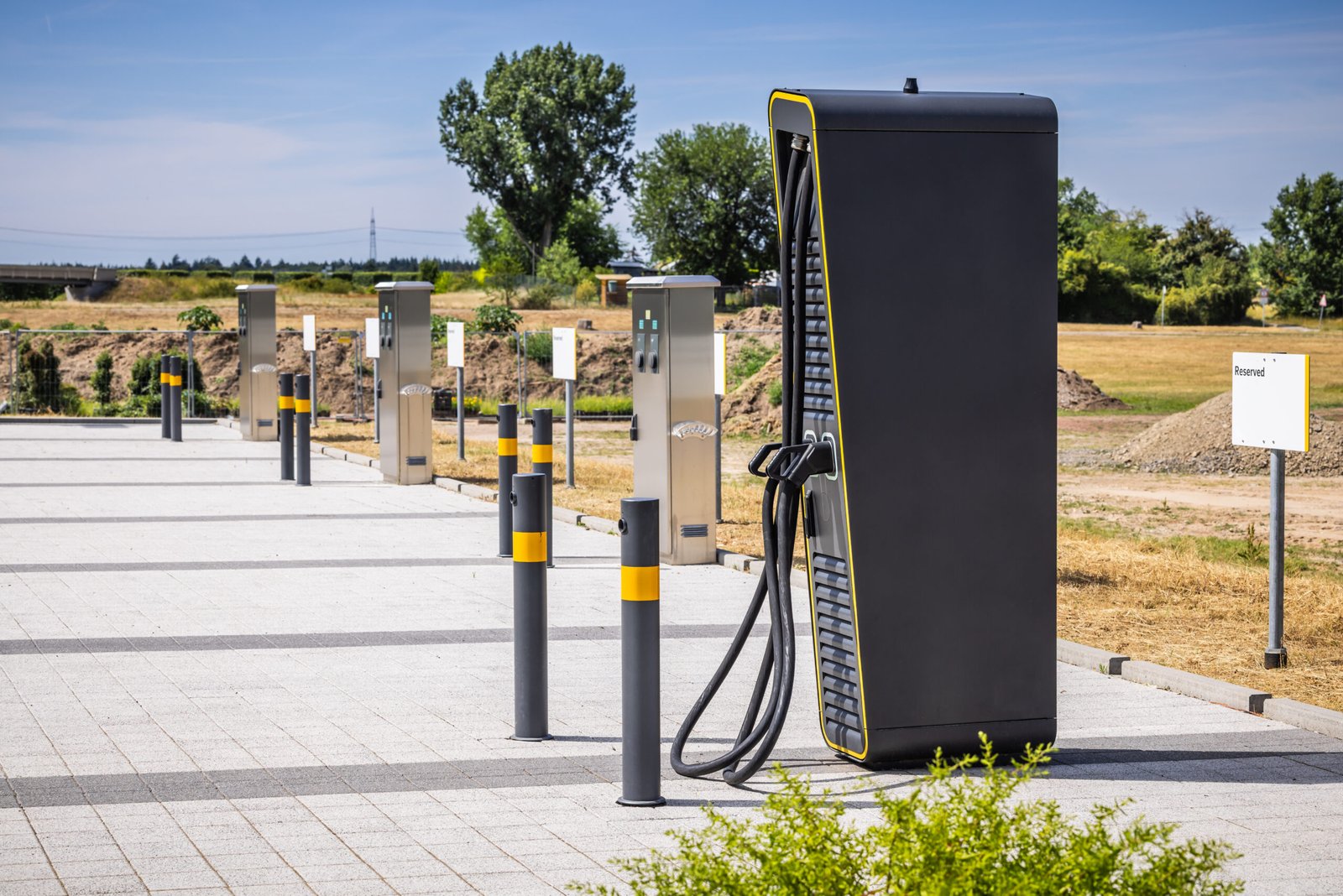From 200,000 to 500,000: Can U.S. Meet the EV Charging Buildout Challenge by 2030?
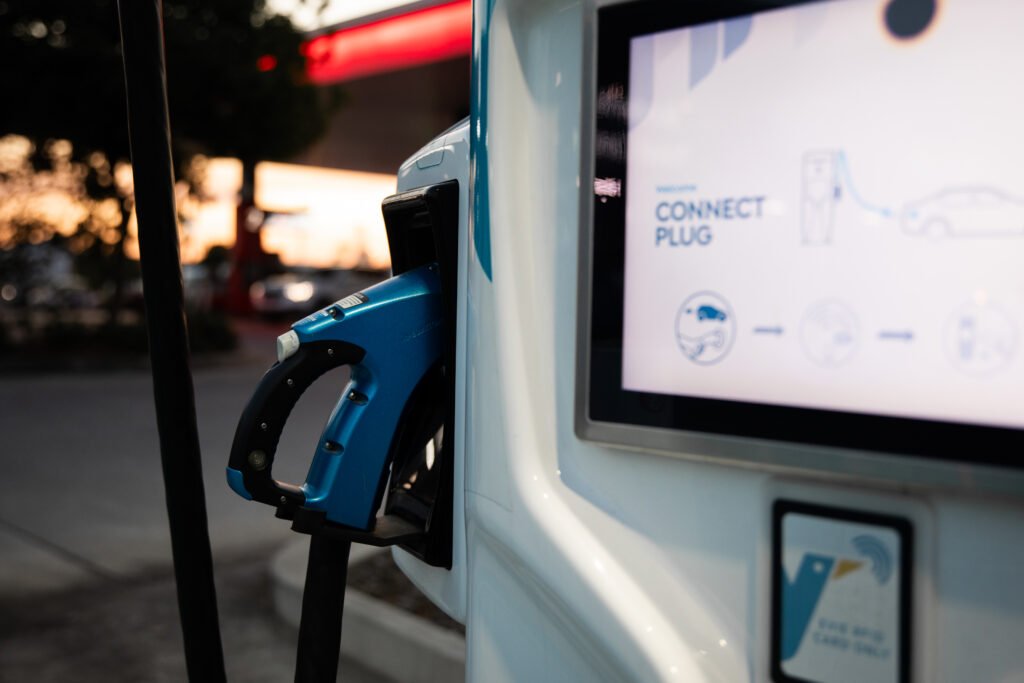
The growth of the U.S. charging infrastructure is unprecedented.
Public charging network grew by 20% in 2024, reaching just under 200,000 operational charging points nationwide, yet the target requires over 500,000 by 2030. This translates to a buildout rate of nearly 58,000 new charging points annually, almost triple the current pace. The numbers alone illustrate a system under immense pressure to catch up with projected Electric Vehicle (EV) adoption. Policy has set ambitious benchmarks, but deployment has lagged.
These delays happen at a time when U.S. carmakers are increasing their ability to make electric vehicles. Still, if charging stations don’t go up at the same rate, the U.S. could end up with a mismatch between supply and infrastructure. This, in turn, could make fewer people want to use electric cars, slow down efforts to cut emissions, and make it harder for the U.S. to compete with Europe and China, where charging stations are expanding quickly.
Federal Commitments and Policy Gaps
The transportation sector accounts for almost one-third of all greenhouse gas emissions in the U.S. It is one of the sources, along with electricity generation, industry, buildings, and agriculture. So, electrifying transportation is one of the best ways to cut down on emissions and deal with climate change.
The Biden administration set a goal of installing 500,000 public EV charging ports by 2030 to speed up this change. It was a big increase but by August 2024, the country had more than 192,000 ports, which was more than twice as many as there were when his administration took office. The growth was good news, but to reach the 2030 goal, the momentum needs to continue with work between public funding and private sector investment.
The Bipartisan Infrastructure Law (BIL) provided up to $7.5b for the U.S. charging network, the greatest federal investment in EV infrastructure. These grants, other programs and tax benefits are speeding adoption. Federal projects use corridor charging to let passengers and freight move vast distances and community charging to make daily local trips easy. These ideas aim to create a countrywide network of reliable charging stations to make EV adoption easier.
Evolving Landscape of the EV Charging Sector
The evolution of EV charging infrastructure in the U.S. is being shaped by the interaction of automaker commitments, private-sector participation, and consumer demand. These dynamics reveal both opportunities and structural imbalances in the market.
Automaker Commitments and EV Adoption
- Ford will invest over $50b in EVs and batteries by 2026, while General Motors will invest $35b through 2025.
- More than 1.4m EVs were sold in 2023, up 40%. One-third of new light-duty vehicle sales will be EVs by 2030.
This rapid manufacturing ramp-up could exceed consumer willingness to switch without appropriate charging infrastructure, producing a supply-and-charging access mismatch.
Private-Sector Charging Networks
Charging providers, such as Tesla, Electrify America, and ChargePoint are scaling infrastructure with different business models, ranging from proprietary networks to open-access platforms. In 2024, Tesla agreed to open parts of its Supercharger network to other brands, supported by federal incentives, an important step toward interoperability.
Public Sector Charging Framework
To meet the commitments of the BIL, the Joint Office emphasized close collaboration with stakeholders and the private sector to harness expertise and build past experiences. Engagement spans across federal, state, and local governments, equity-focused groups, nonprofits, automakers, utilities, property owners, and charging equipment manufacturers.
Key initiatives include:
- DriveElectric.gov: A central hub offering news, data, webinars, technical resources, and engagement tools, with over 310,000 page views in 2023 and nearly 274,000 by mid-2024.
- Webinars: In 2023, the Joint Office hosted 21 webinars, drawing more than 4,200 attendees. Fourteen additional sessions in early 2024 continued to share best practices in equitable EV charging deployment.
- Electric Vehicle Working Group: Established under the BIL in 2022, this group advises the Departments of Energy and Transportation on EV integration and adoption, ensuring government and industry alignment.
- NEVI Technical Assistance: In 2022, the BIL created this committee to advise the Energy and Transportation Departments on EV integration and deployment, aligning government and industry.
Market Imbalance Risks
- Automaker production schedules and investor capital are advancing quickly, but the charging network lags.
- Unless expansion accelerates, charging could emerge as the primary constraint on U.S. EV market growth by the late 2020s.
An Overview of Technical Scaling Challenges
As the U.S. accelerates its electric vehicle transition, adding hundreds of thousands of charging points is difficult. The actual challenge is controlling grid capacity, standardizing equipment, and ensuring large-scale system integration, not only installation targets. Reliability, power quality, and cybersecurity are needed for the charging network to meet federal targets and last in real life.
Charging Mix and Power Demand
- Level 2 Charging as the Adoption Baseline: Level 2 chargers (7–19 kW) dominate residential, workplace, and municipal setups, accounting for over 70% of U.S. charging, mostly during overnight cycles, according to the Department of Energy.
- DC Fast Charging for Corridor Travel and Logistics: DC fast chargers (50–350 kW) are vital for intercity travel and fleet operations but remain limited. The ICCT projects deployment must increase nearly fivefold by 2030 to avoid highway congestion.
- Heavy-Duty Depots Driving Megawatt-Class Demand: Truck depots can draw 10–30 MW, making them key grid upgrade drivers by 2030, as noted by NREL.
- Strategic Implications of the Mix: Balanced investment is essential to avoid stranded assets and grid overload.
Grid Integration
- Peak Load Management Challenges: Uncoordinated EV charging can intensify peak demand, particularly in cities. The Electric Power Research Institute reports that doubling EV numbers without smart charging could add up to 25% more strain on peak loads.
- Smart Charging and Vehicle-to-Grid (V2G): Smart charging shifts demand to off-peak hours, while V2G enables EVs to return power to the grid. California pilots show aggregated V2G fleets can offset nearly 10% of daily peaks.
- DER and Co-Located Storage: Linking chargers with solar and battery systems, tested in New York and Texas can ease substation upgrades.
- System-Level Implications: Coordinated incentives and grid rules are vital to harness this flexibility.
Reliability and Standards
- Federal CCS Mandate and Evolving Standards: The federal government’s decision in 2023 to require the Combined Charging System (CCS) connector for federally funded chargers was an attempt to make things more consistent. However, Tesla’s North American Charging Standard (NACS) plug has gained popularity, especially since Tesla offered its Supercharger network to other EVs. This charger requires a NACS-compatible port or cable in your vehicle. Hyundai and Kia EVs will have built-in NACS ports in 2025, whereas Ford, Polestar, Volvo, Nissan, and GM will need an adaptor. This raises questions about charging system interoperability and reliability.
- Interoperability as a Critical Barrier: Different hardware, payment systems, and software networks create reliability gaps for users. The NREL emphasizes that interoperability failures remain one of the top causes of downtime at public chargers.
- Cybersecurity Risks in Networked Charging: As chargers become IoT-enabled, they create new entry points for cyberattacks. Utilities and operators are pushing harder for cybersecurity standards to keep both consumer data and the grid safe.
- Operational Uptime as Trust Factor: For end users, dependability is often more important than technical standards. For mass EV adoption, networks must have 97–99% uptime all the time. Even ambitious deployment goals are at risk of not being used enough if there are no guarantees of reliability.
Overcoming Barriers to Scalable EV Charging Deployment
The rapid expansion of EV charging infrastructure across the U.S. faces several interlinked challenges that slow progress and increase costs. Among the most critical are financial constraints, supply chain disruptions, permitting delays, and regional deployment imbalances.
- Financing Barriers: High upfront costs and uncertain utilization rates hinder private investment in fast-charging networks. While federal incentives offset initial expenses, long-term confidence relies on stable revenue models and collaboration among utilities, developers, and state agencies.
- Supply Chain Problems: Persistent shortages of semiconductors, transformers, and charging components delay equipment production and installation, compounded by dependence on imported materials and a still-maturing domestic manufacturing base.
- Permitting Delays: Complex local regulations and lengthy utility approvals slow deployment. Streamlined permitting, standardized codes, and digital processing can improve efficiency.
- Regional Gaps:Uneven EV adoption and weak grid infrastructure limit rural investment. Addressing disparities requires targeted public funding, equitable planning, and stronger coordination with state electrification strategies.
Future Outlook: Accelerating Toward 2030 Targets
Closing the gap from approximately 219,000 public charging ports in May 2025 to the federal target of 500,000 by 2030 requires adding nearly 55,000 new ports annually. Progress has been uneven, with only 384 chargers deployed under the $7.5b NEVI and CFI programs by April 2025, according to federal data. The Trump administration’s expiration of EV tax credits and temporary pauses in state-level funding reviews have added uncertainty for manufacturers and utilities.
Achieving the 2030 goal now depends on restoring incentives, improving federal-state coordination, and ensuring stable investment flows to keep America’s EV transition on course and globally competitive.
